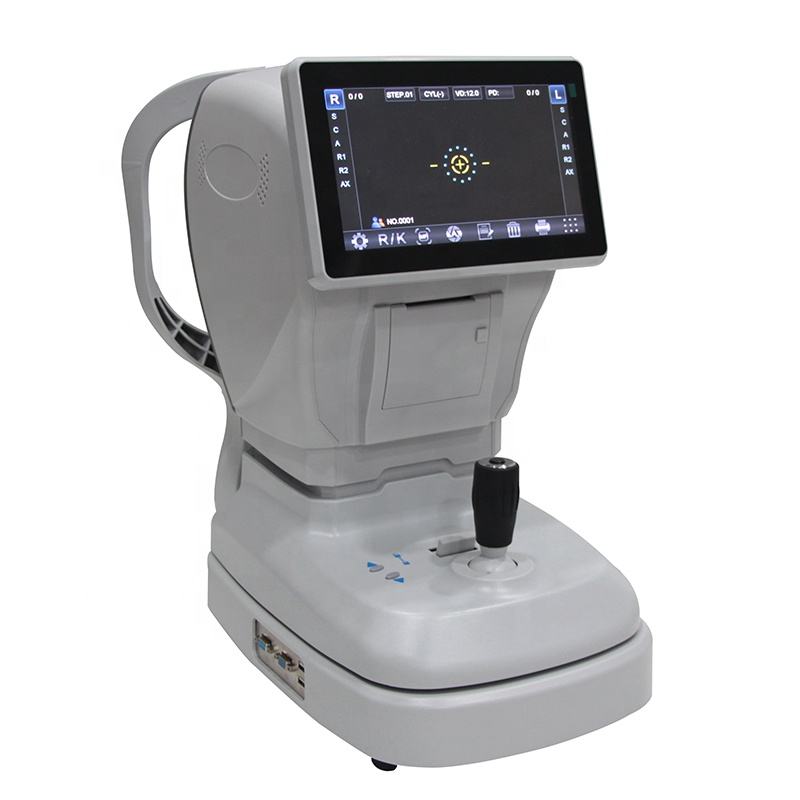Clinical Characteristics And Classification Of Amblyopia
Clinical Features
1. Low vision is the main clinical feature of amblyopia. The vision mentioned here refers to the best corrected vision. At the same time, it should be noted that there are differences in the best corrected vision according to different age groups.
2. Crowding phenomenon amblyopia has a high ability to identify a single visual target, and a poor ability to identify the visual targets arranged in rows. This crowding phenomenon is called crowding phenomenon. If there is only one letter in each line, it is called single letter visual acuity chart. If there are multiple letters in each line, this visual acuity chart is called line visual acuity chart.
When examining amblyopia, you should choose a visual acuity chart for examination. Choose a visual acuity chart to check visual acuity, especially severe amblyopia or severe amblyopia?, The examination results are close to the real situation of the patient. If you use a single letter vision chart or a single visual mark to check your vision, the detected vision may be high.
3. Paracentric fixation in some amblyopic patients, the fixation ability of amblyopia fovea gradually loses, forming paracentric fixation.
4. The function of binocular stereo vision is reduced. Binocular stereo vision is based on binocular fusion function. If the vision of any eye is low, binocular stereo vision will be affected to varying degrees.
5. The contrast sensitivity (CS) of amblyopia decreased, especially at the end of high spatial frequency. The visual acuity chart only detects the resolution of the visual system under the condition of high contrast. The contrast sensitivity (CS) test method is to detect the resolution of the visual system under the condition of different brightness, different contrast and different spatial frequency. This test method is easier to show the perceptual defects of amblyopia.
6. The abnormal accommodation function of amblyopia includes the decrease of accommodation amplitude, the prolongation of accommodation latency, the abnormality of accommodation collection and so on.
Classification
The main causes of amblyopia are as follows:
1. Strabismus amblyopia is monocular amblyopia, which occurs in patients with monocular strabismus. Binocular alternating strabismus does not form strabismus amblyopia.
2. Ametropic amblyopia is binocular amblyopia, which mainly occurs in patients with high hyperopia ametropia or high astigmatism.
3. Anisometropic amblyopia is monocular amblyopia. Anisometropia exists in both eyes, and the eyes with high refractive power form amblyopia.
4. Form deprivation amblyopia is generally monocular amblyopia, which is caused by turbid refractive medium or ptosis during the critical period of visual development.


